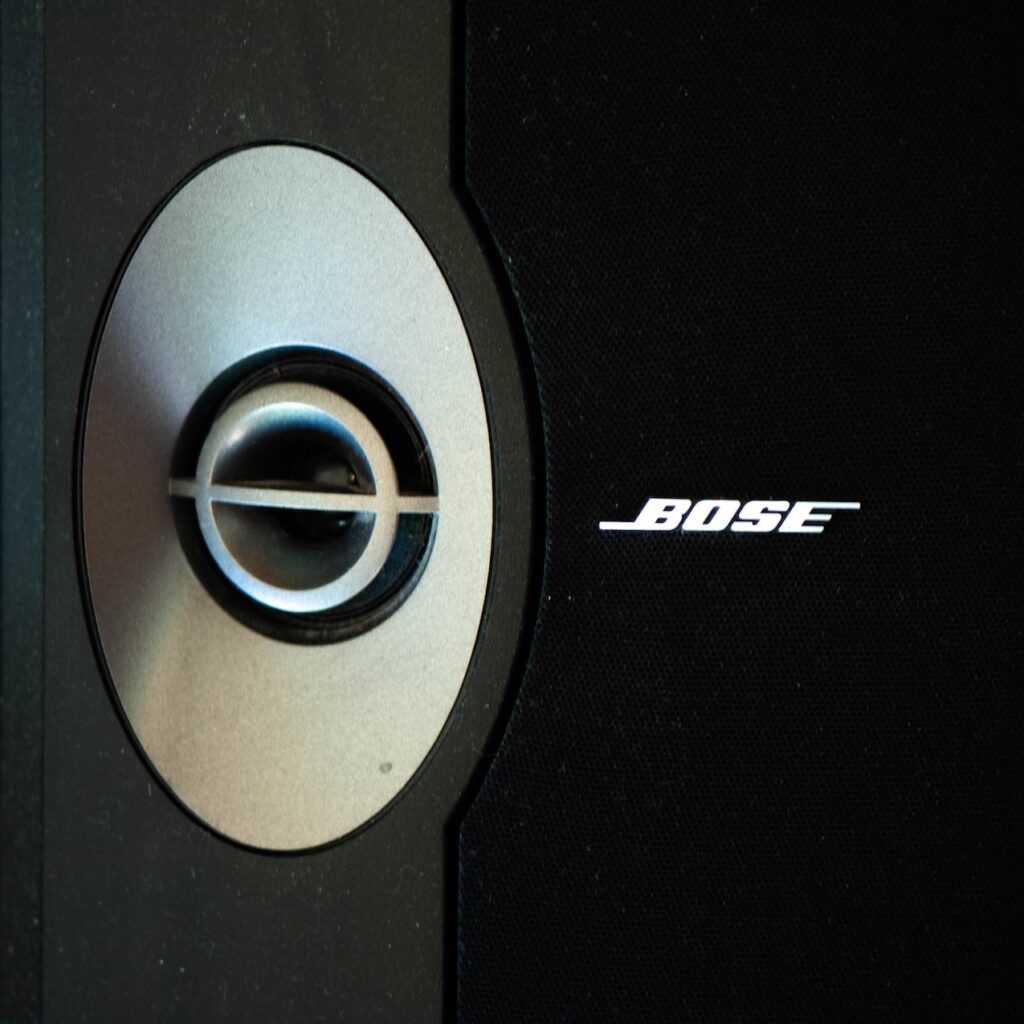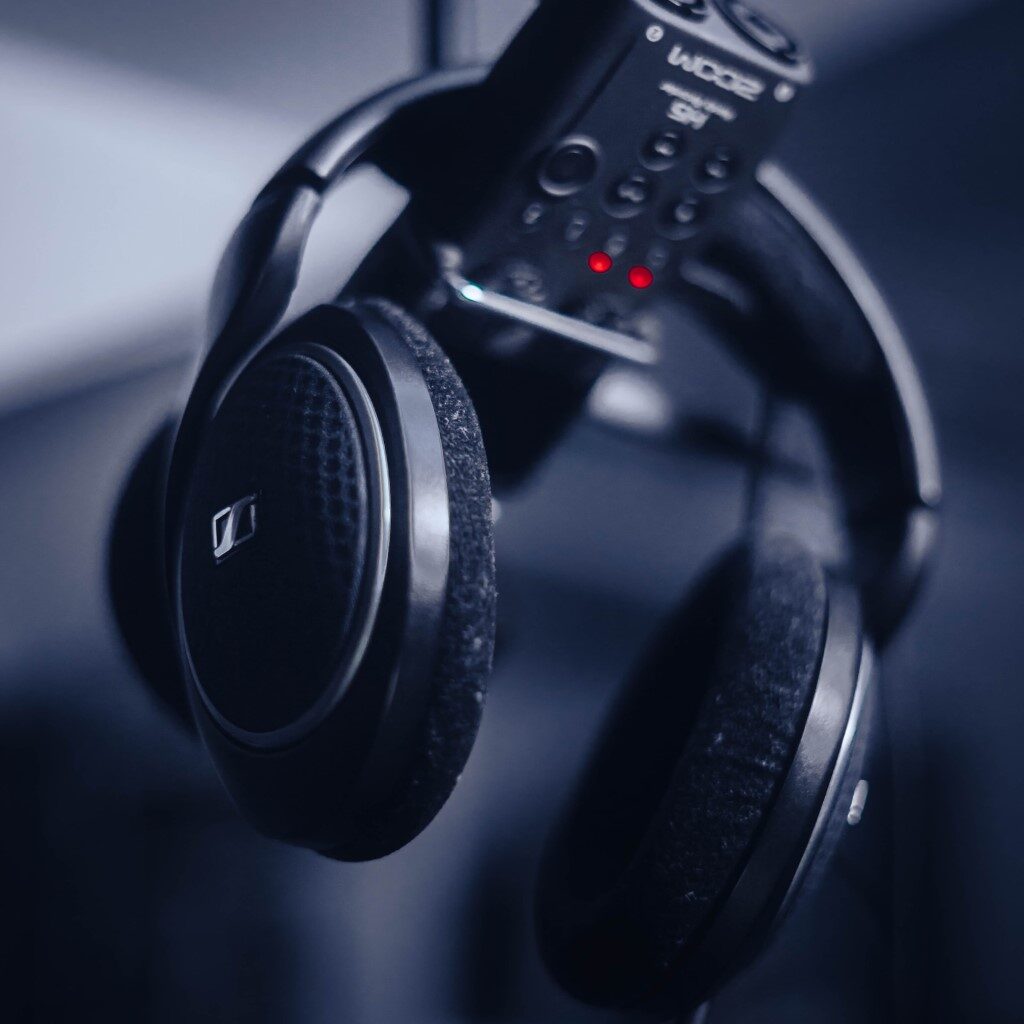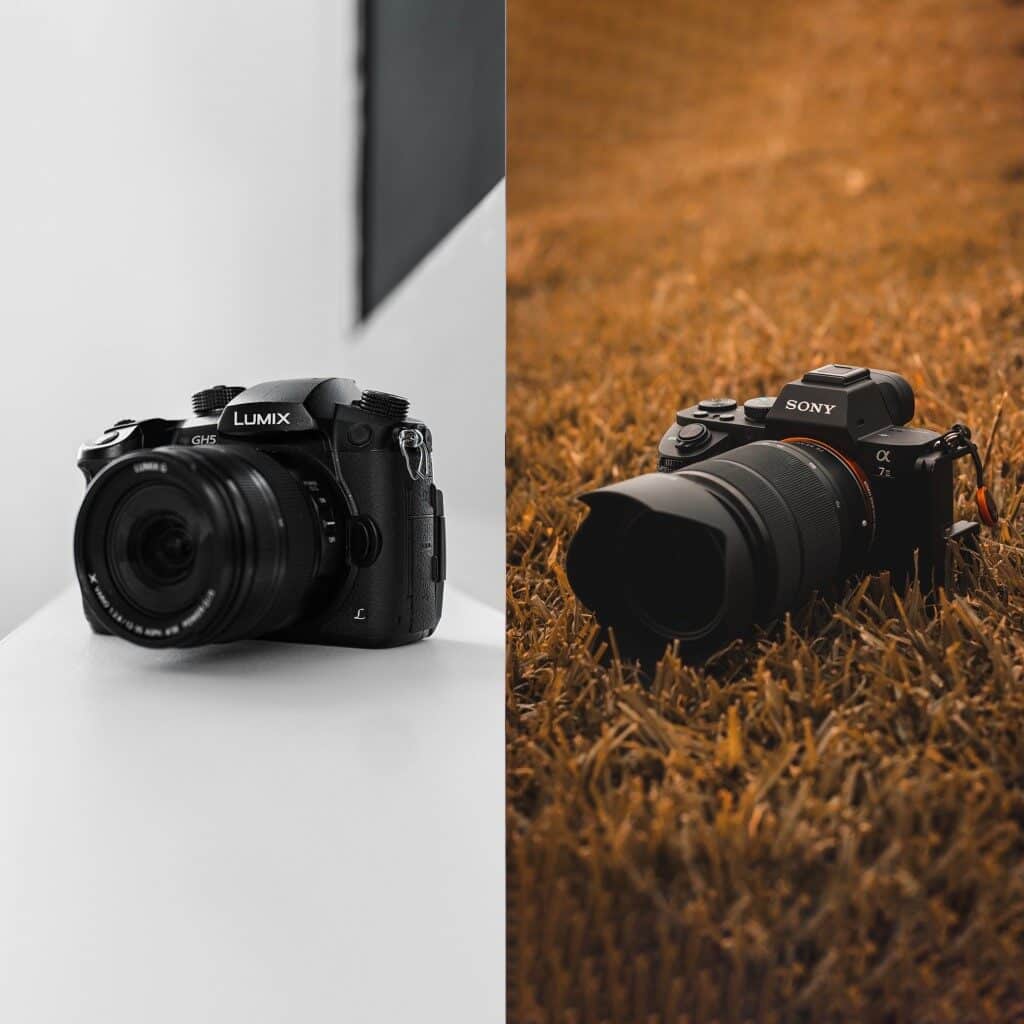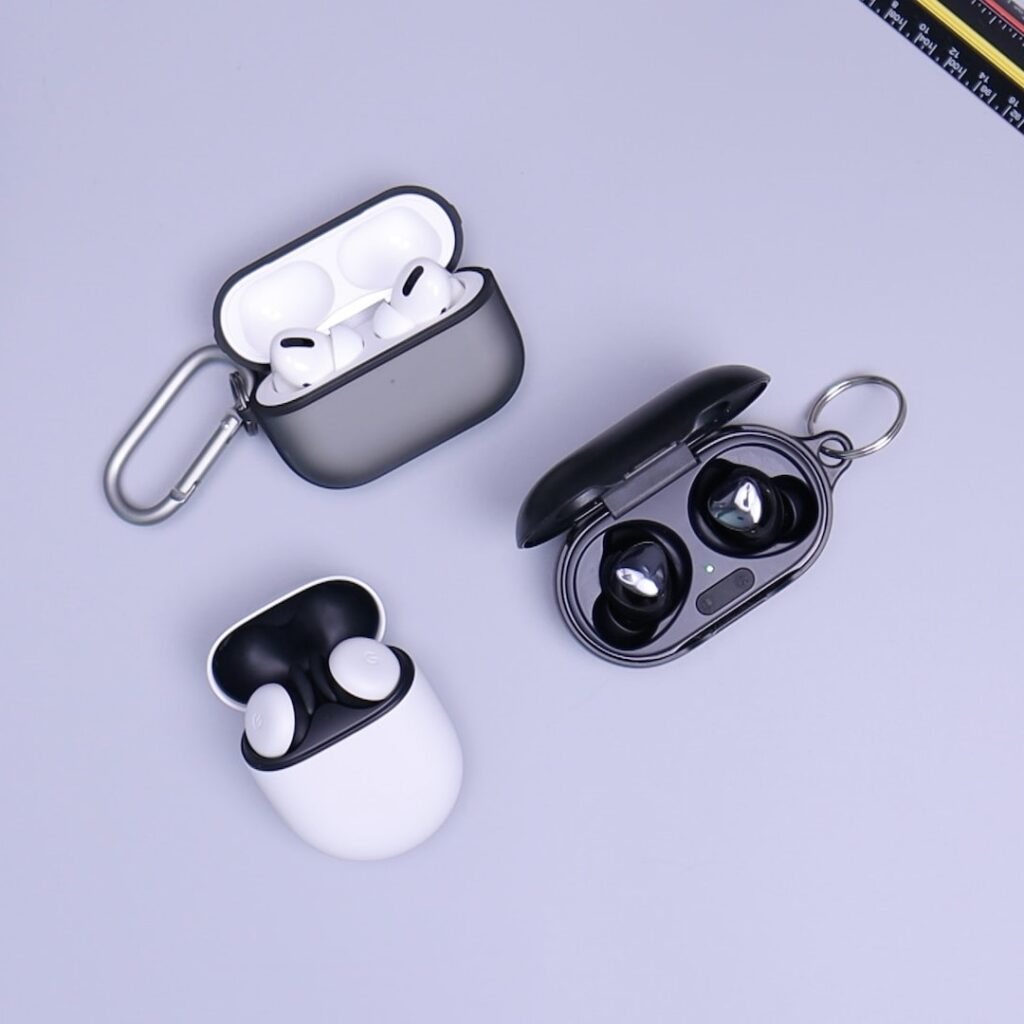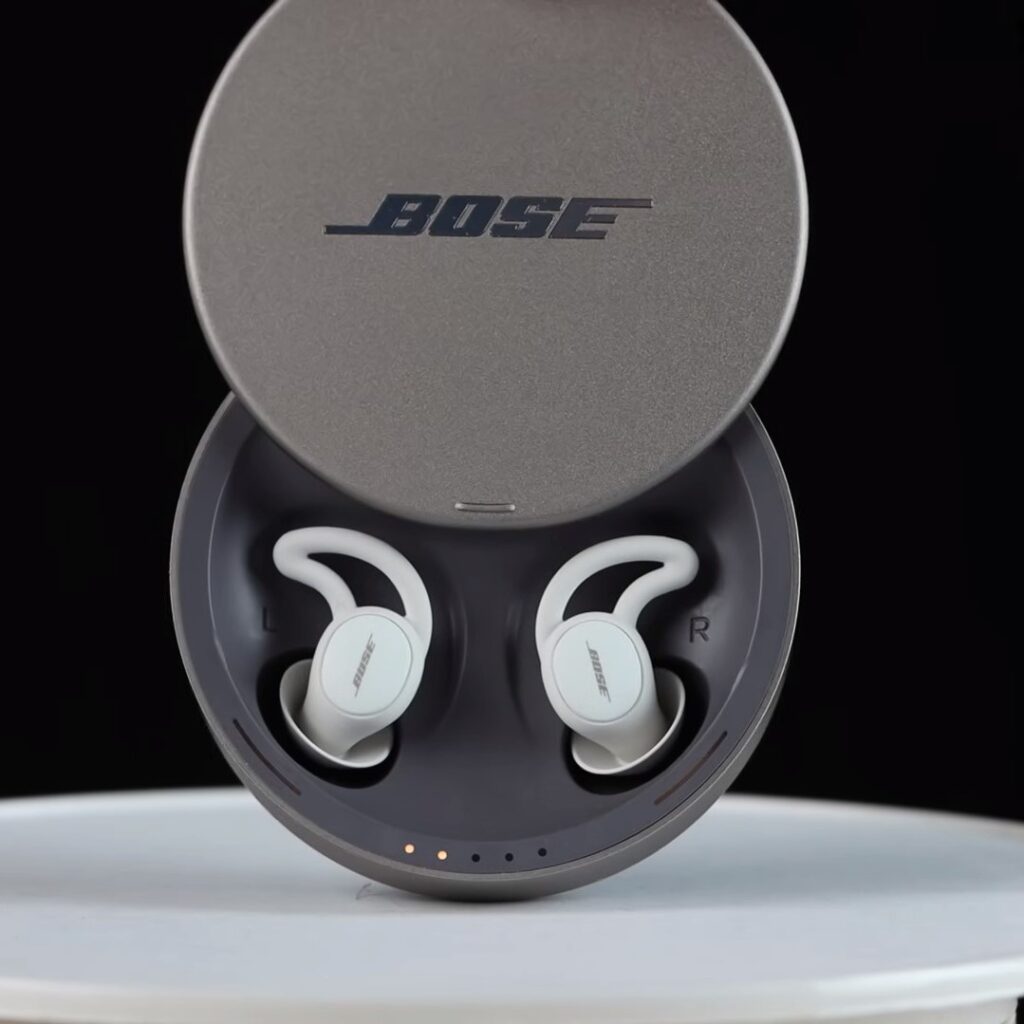When you purchase through links on our site, we may earn an affiliate commission. Learn more...
Bose vs Sonos vs JBL vs Klipsch vs Sony Speakers: Full Guide
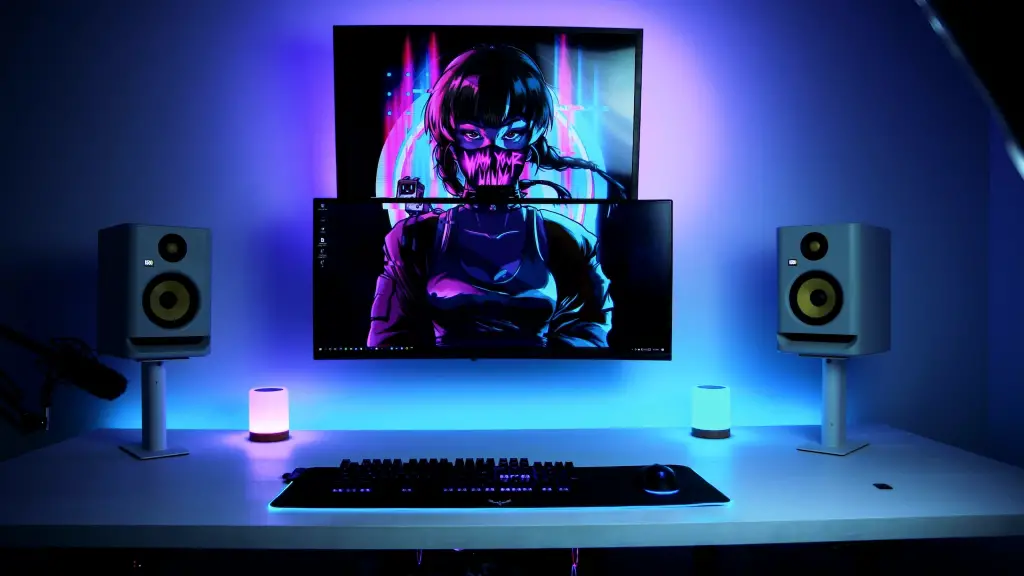
Ready to rock the party with some top-notch sound? Confused about which speaker brand to go for? Look no further!
In this ultimate guide, we’ll put Bose, Sonos, JBL, Klipsch, and Sony head-to-head and help you decide which one suits your needs best. Let’s get started!
Key Takeaways
- When deciding on which speaker brand to buy, consider the sound signature of the brand, your budget, and your use case.
- Getting a soundbar is not recommended so try to avoid it if possible.
- Bose speakers
- The sound signature is focused on mid-range frequencies.
- They are decent for music listening but not recommended for home theater systems.
- Quite overpriced for what they offer.
- Sonos speakers
- They have decent sound quality for their price. The Sonos soundbars can be used for home theaters.
- Best brand for building a wireless network of speakers in your home. They are very easy to set up.
- JBL speakers
- Affordable with good bass, ideal for outdoor use with multiple waterproof (IPS67) speakers.
- Not recommended for high-end audio systems all that much. You’ll have to compare speaker for speaker there.
- Klipsch speakers
- Good for high-end audio systems with a focus on clear and bright sound. Nevertheless, they are expensive and there are no budget options.
- Perfect for those who like the vintage style of Klipsch speakers.
- Sony speakers
- Exceptional for portable wireless speakers.
- Their sound is just decent and reliable. Nothing too impressive.
- They offer a range of waterproof, affordable, and high-end options.
Sound Signatures make a big difference
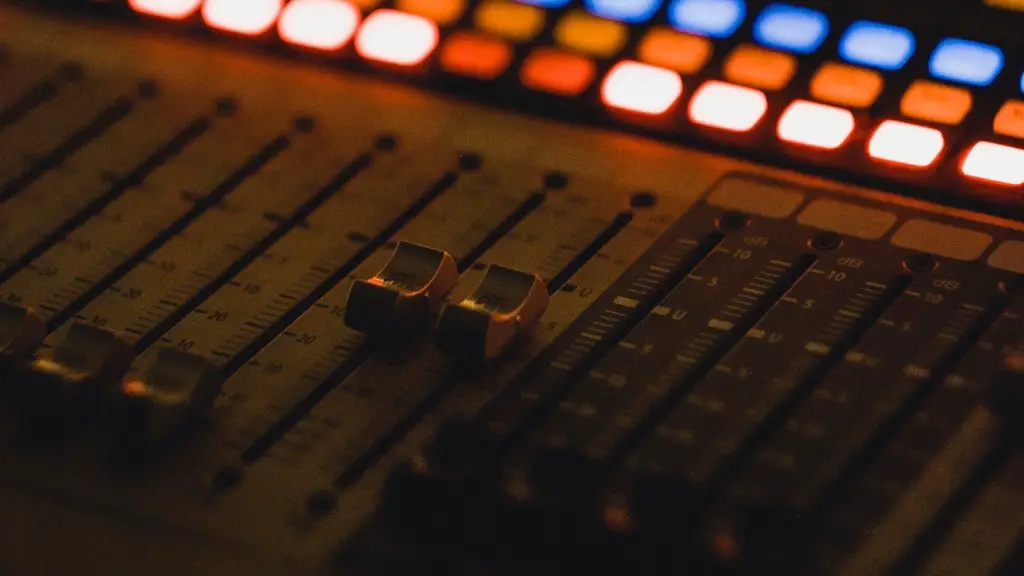
Most companies have a sound signature that defines them, and it is extremely important. Particularly at the lower end (less than $1,000 per speaker), where the producers are making sacrifices to meet their pricing target.
It can affect the audio being played in terms of clarity, balance, and tone. Even at the higher end, it’s important to listen and move around to hear how things sound from various angles.
As an example, I bought SVS Towers for my system and then, when they arrived, I compared them with a MartinLogan ESL speaker that was priced similarly.
The SVS sounded better as I moved away from the sweet spot, while the ML sounded substantially better if I was in one particular position.
This is an extreme case, and it truly differs from one speaker to another, but you see where I’m going with this.
Avoid buying a Soundbar if you can
First of all, the idea of buying a soundbar from these brands over speakers might be on the table. The truth is that soundbars are often not a wise use of your time and money. Most experienced users unanimously advise against buying them.
Instead, you should go for a 2.0 or 2.1 system composed of high-quality parts from reliable brands that are simple to assemble and affordable enough for consumers on a tight budget or with limited space.
If you purchase the proper things in the correct order, they might also be expanded to 5.1.
Bose
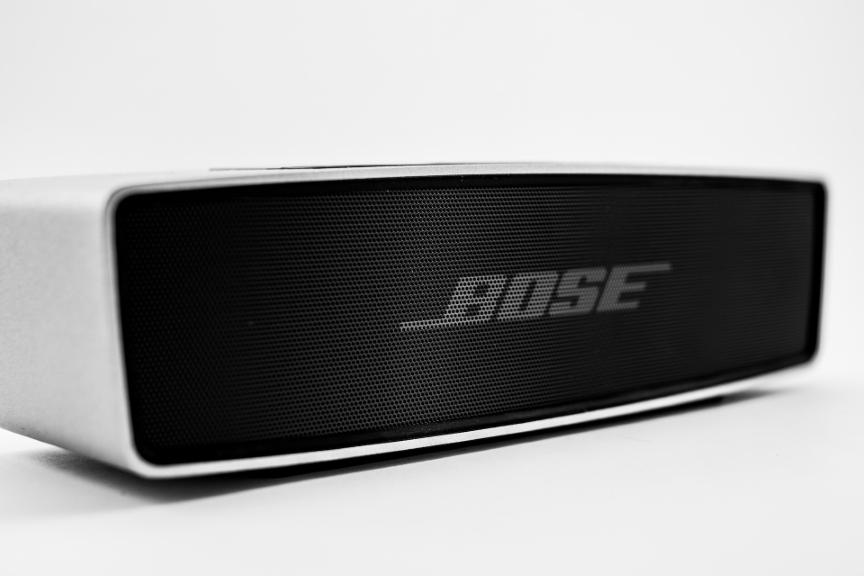
If you are an audiophile, then it’s not very likely that Bose will leave you satisfied. They adjust their system’s audio to mostly please casual users by adding what I call “supplementary” bass.
For instance, the Bose tabletop players’ small tuned transmission line enclosures make it seem like a lot of bass is being produced. Well, in a way, it is.
However, it is just adjusting the standing wave resonance to enhance the natural bass. So, while there is more bass audible, it is not the same bass that was initially captured.
For a home theater system, Bose shouldn’t be your first choice. If you enjoy the sound of Bose in general, their in-ceiling alternatives are fine for music.
When no one else can, they maintain the dialogue understandable if you want a soundbar without raising the price by much.
I’ve noticed Bose’s popularity growing in one particular area of professional audio. That’s in folk and bluegrass music.
But that makes sense because certain forms of music don’t produce a lot of high or low frequencies.
This is in favor of the smooth, clear mid-range, which is what Bose genuinely excels at.
Pros of Bose speakers
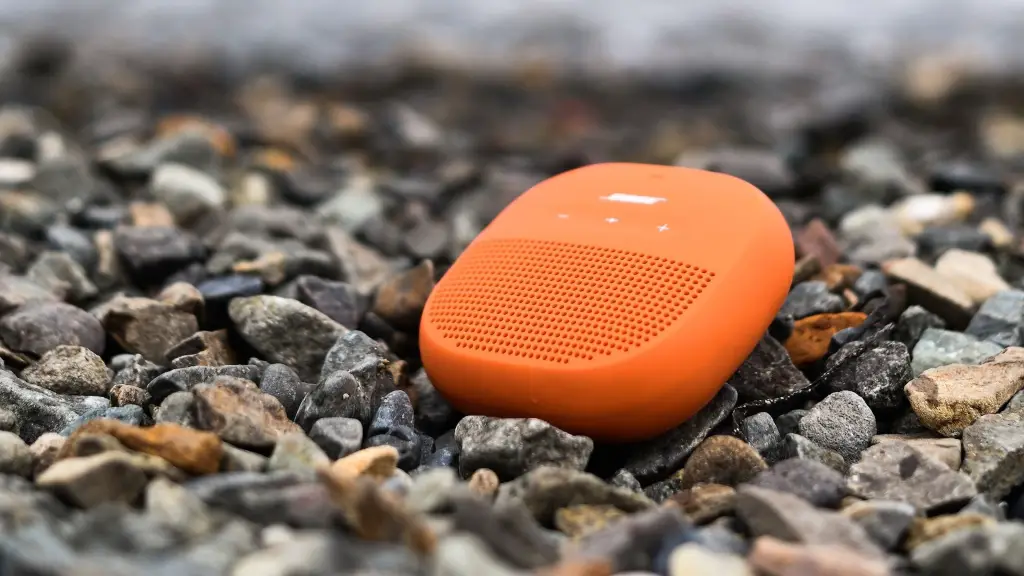
- If you enjoy the sound of Bose in general, their in-ceiling alternatives are adequate for music. Just from the first time you listen to them, you’ll realize they have increased bass and treble. If you like that type of music, then go ahead and try them.
- They maintain the dialogue understandable if you want to purchase speakers without raising the price by much.
- They provide highly consistent quality, and the sound characteristic of each of their product lines is somewhat recognizable. Once you’ve had enough practice, you’ll even be able to tell from a speaker’s sound alone whether or not Bose produced it.
- Even with the smallest footprint, they can produce respectable sound. The majority of this is accomplished by sound equalization, which maximizes the use of the drivers and the footprint.
- In a quiet setting, the audio quality of the QuietComfort headphones is definitely decent. However, if you put me in a car, a train, or an airplane, I’ll almost always choose Bose over the alternatives and you should too. Additionally, they have a fantastic Bluetooth range and are overall incredibly comfy.
- Bose speakers generally produce excellent mid-range frequencies.
- A few of the portable ones are also waterproof with a rating of IP67.
Cons of Bose speakers
- For a home theater system, Bose shouldn’t be your first choice. They won’t give you the best value for the money you’ll pay. In my opinion, they are great only for listening to music.
- In terms of things like correct staging and bass extension, Bose speakers often fall short.
- Bose speakers tend to be heavier when it comes to portability due to their all-metal structure.
- Though Bose produces speakers at a fairly wide price range from the “cheap” $120 ones to the high-end ones that will cost you more than $3000, the majority of them are quite expensive.
- You can’t create a wireless network of speakers around the house.
- Very few portable speakers are waterproof.
Sonos
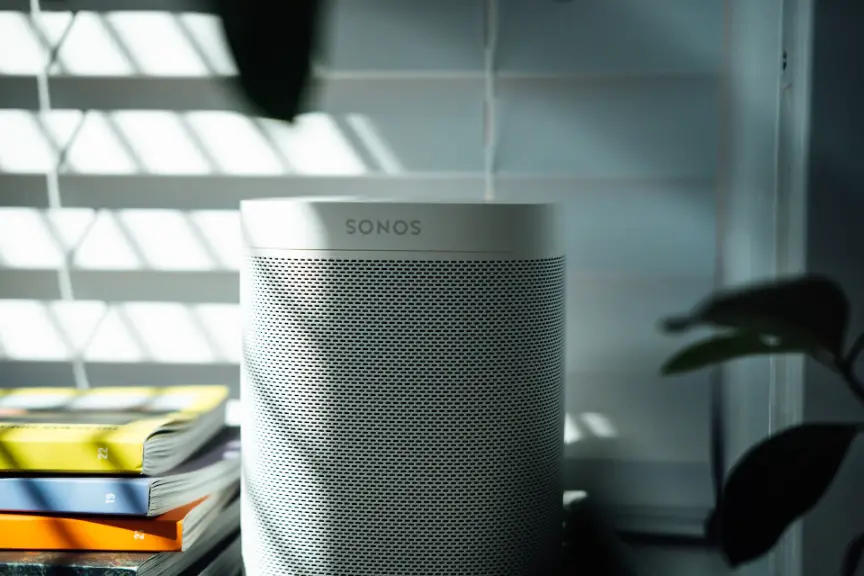
In all honesty, you should forego Sonos and get Sonance, the Sonos OEM, directly from the company for a lower price.
Sonance speakers are offered for sale online at places like Best Buy and Amazon. Yet, we are talking about Sonos here so let’s stay on topic.
Sonos speakers sound really decent considering their price. At first glance, you could assume that they are fairly expensive, but, their pricing strategy is focused on the mid-range market.
The average price for a Sonos speaker or soundbar is about $400. The Arc, their most expensive soundbar, costs around $1000.
They don’t sound as fantastic as the more costly brands, but they do a decent job as a bedroom or office system. You can always add a subwoofer to provide real bass.
Pros of Sonos speakers
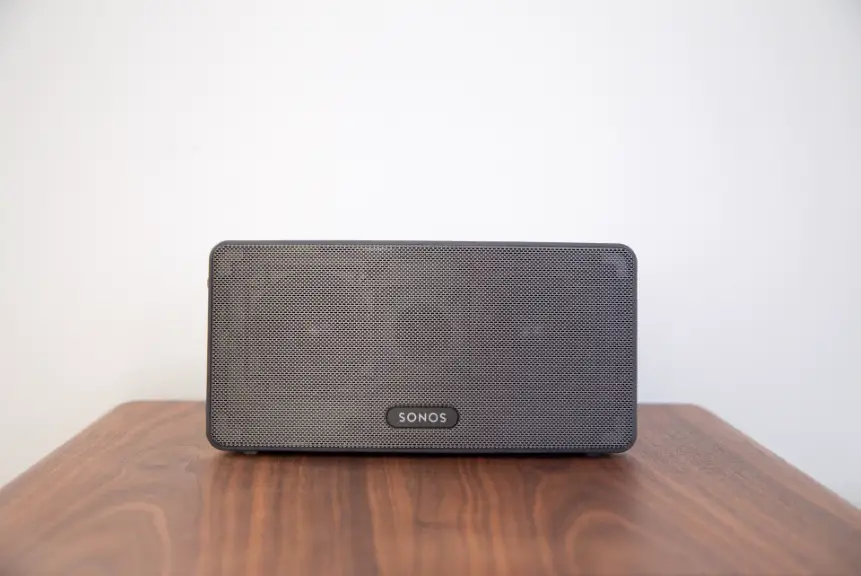
- The biggest benefit of Sonos is how easy it is to set up and use. The S1/S2 App takes around 10 minutes to get the first user up and running, and it takes less than 2 minutes to start putting in other devices.
- Many other OEM speaker and audio manufacturers have created their own multi-room systems, but none appear to offer the same level of backward and forward compatibility as Sonos.
- Do you wish to play music while taking a shower in the bathroom? You should definitely consider Sonos.
- Their app offers access to several streaming services that store your downloaded music library. A Sonos system is your best option if you want a wireless system for your entire house.
- Most of the time, the audio quality is great, and TruePlay (Sonos’s sound calibration software) is incredibly helpful. However, TruePlay only works with Apple devices.
Cons of Sonos speakers
- If you have a lot of disc-based media, Sonos’ severe HT and audio codec restrictions might be a deal-breaker (HD and UHD Blu-rays in particular).
- Sonos needs more inexpensive entry-level speakers since the entrance barrier is quite high.
- There is a lack of 7.1 support and very little DTS support.
- If you have no internet, you have nothing. Also, calling “home” requires a constant Internet connection; metrics, diagnostics, and many other types of information are sent over this channel.
- The Sub and Mini Sub, which are rather aggressively upsold as unique supplementary parts for the S1/S2 System, can only be used with Sonos devices because there is no way to make them work with other AV receivers and amplifiers.
- There is limited support for music in a lossless format.
- Other users on the same network who have a Sonos App have limited access to read and make modifications to your S1/S2 system’s settings if they don’t have your login credentials.
- Using the S2 App, you can change the touch controls, status lights, AutoPlay settings, Height Audio settings, Wi-Fi channels, Audio Compression settings, date and time settings, the ability to add and delete devices from HT bonds, and more.
- Sonos speakers are not very portable and, just like Bose, they only have a few models which are waterproof.
JBL
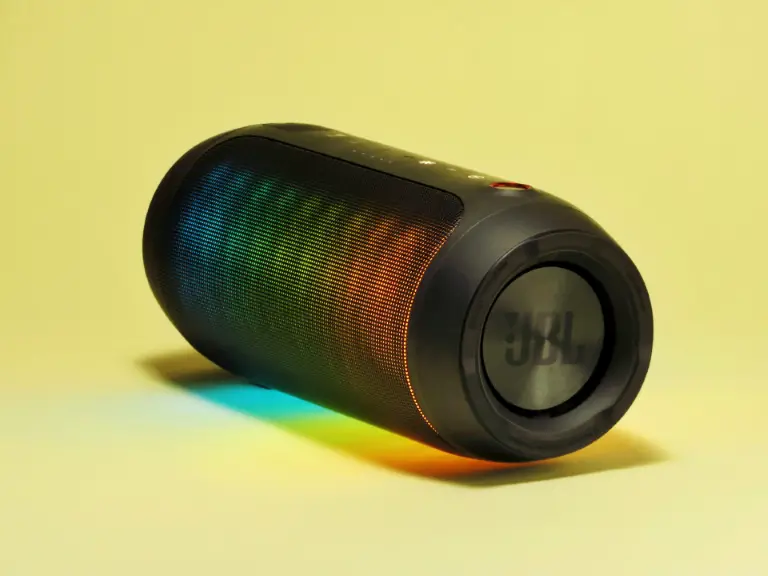
JBL as a business is well-represented in its market! From “pure bass” IEMs to outstanding audio on their speakers, Bluetooth pool boom devices, professional gear, and many more. They have everything.
Whether you like them or not, they are one of the few brands that know what they are doing when it comes to providing diversity.
Unlike the other brands, they offer speakers with a price tag that starts at $30.
JBL speakers often have a little gloomy, though balanced, sound. I am not gonna lie, after listening to some of the “overrated” house speakers with too much treble and bass (like Bose), this is quite refreshing.
If your JBL speakers start making noise, check this article on how to fix them.
Pros of JBL speakers
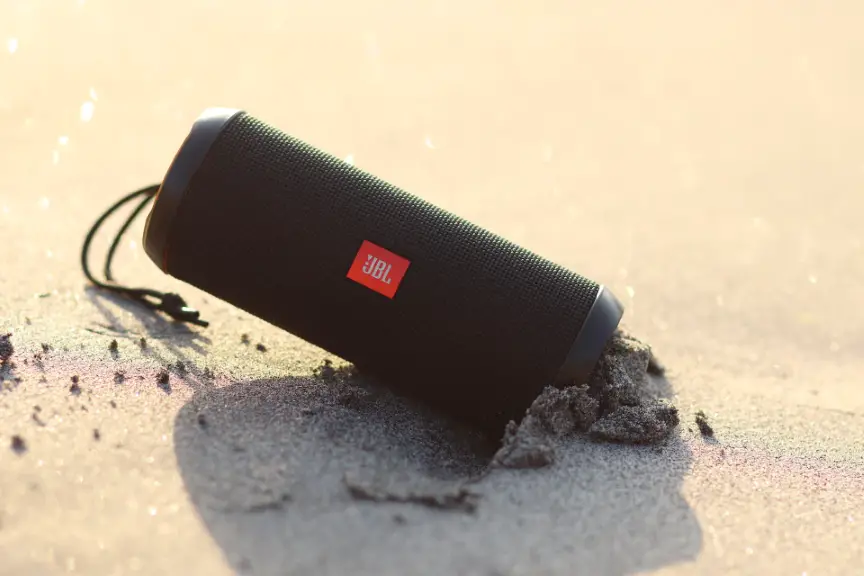
- JBL has a ton of portable and waterproof speakers at affordable prices. They are, for me, the go-to option for wireless Bluetooth speakers.
- JBL is one of the best choices if you are on a budget. Although they can periodically be expensive, they provide high-quality speakers without sacrificing quality.
- They provide a tone image that is a little bit more realistic. The majority of their speakers sound really balanced.
- If you want to get speakers for your car, then you’ll be satisfied. Imagine that Ferrari cars actually use a JBL sound system.
- JBL Bluetooth speakers are also great for gaming. Their affordability and portability make them an excellent option to pair with a gaming laptop.
- Movie theaters and music recording studios use JBL speakers because of their reputation for accurate sound in the audio industry. Keep that in mind if you are creating a home theater.
- JBL speakers usually come in a wide variety of colors to choose from. I mean if you compare them to Bose and Sonos where you only get 2 or 3 options.
Cons of JBL speakers
- JBL speakers can be very expensive and not very worth it as the price increases.
- A lot of people have reported issues with their built-in batteries.
- They can sometimes feel a bit lackluster in the low frequencies.
Klipsch
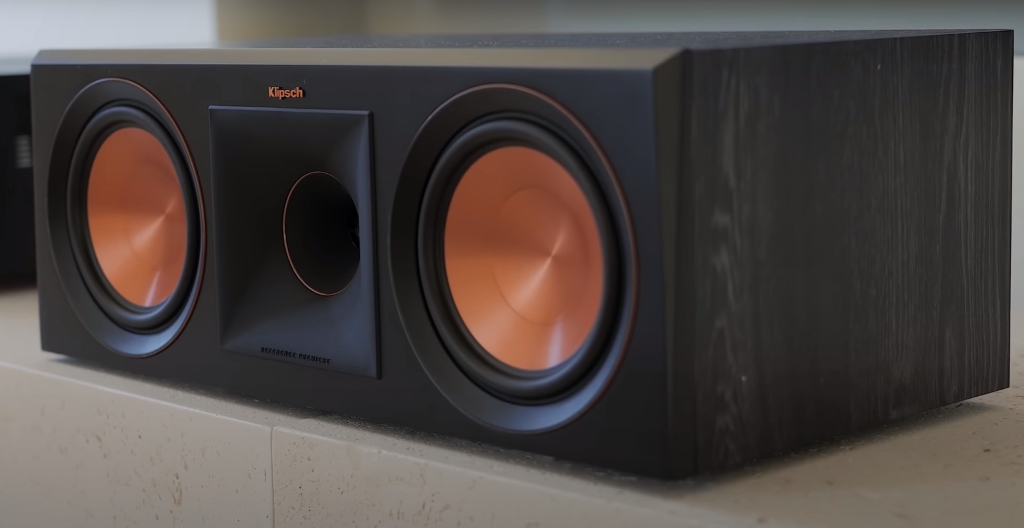
Klipsch makes speakers of high quality. They are appreciated for their retro look and for being able to be driven by low-wattage amplifiers, such as SET (single-ended triode) tube amps.
Their high-end heritage line, which includes Heresy, Forte, Cornwall, La Scala, and Kipschorn, is still produced in the US.
Despite the fact that Klipsch speakers can definitely “rock the house”, their great efficiency makes them sound fairly bright even while listening at low volumes. The sound of less effective speakers from the other brands isn’t so fantastic until you turn them up.
Their pricing is also very expensive. Forget the budget-friendly JBL type of speakers. Here you’ll have to pay about $200 for an entry-level one.
Klipsch speakers are frequently regarded as having a “live” sound, although due to their somewhat colored “voicing”, they could be more appropriately categorized as “musical” rather than “accurate.”
Pros of Klipsch speakers
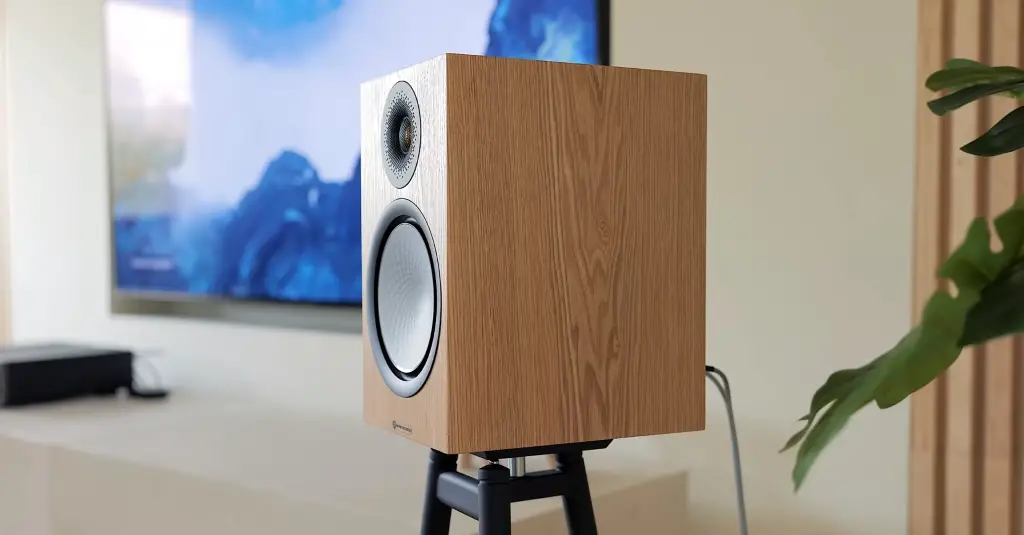
- Klipsch speakers have a unique vintage look that no other brand has.
- They have DIY speakers that literally look like rocks.
- Their outdoor weatherproof speakers are a good choice for adding sound to your backyard or barbeque.
- Their speakers frequently offer decent value for the money.
- If you want really loud, sensitive speakers, you should buy them from Klipsch since they are horn-loaded. However, even if they initially sound better, you might experience listener fatigue far more quickly.
Cons of Klipsch speakers
- They are very expensive. Especially the subwoofers are quite overpriced in my opinion.
- The vintage design of such speakers is not what the majority of people from the age of 18-34 want in their homes. The target age of the brand is possibly 50+.
- Their sound is not as accurate as JBL’s speakers.
- Very poor option when it comes to portable Bluetooth speakers. They don’t even have waterproof options. They are just splash-resistant.
Sony

Sony speakers are far better than you’d expect for the price. They are basically just “Good enough,” with few noticeable drawbacks and a generally balanced tone.
As I mentioned in the article where I compare the headphones that Sony has to offer against Sennheiser, Bose, and more, they are a solid option if you feel confused by the number of options. Just buy Sony and you’re good to go!
I feel like they are lacking a bit in the high frequencies so they have less clarity compared to JBL but that’s just personal preference.
The thing about Sony is that you should only consider them when it comes to wireless Bluetooth speakers. I would advise you not to buy from Sony for a home theater.
While the starting price of some soundbars is pretty good (about $150), there are not enough options for sound systems, separate speakers, subwoofers, etc…
Now, when it comes to portable speakers, things are much different. They are very reliable and affordable. You can get one for as low as $25.
Pros of Sony speakers

- Sony has produced some waterproof speakers which are affordable and still sound pretty decent.
- Their sound is balanced and reliable. Not too bassy or too bright which is something that I personally like.
- Sony speakers are excellent for gaming and general computer usage.
Cons of Sony speakers
- The main drawback is that Sony speakers reproduce treble at high volumes far better than bass.
- In comparison to JBL’s light features, Sony’s are very poor.
- Sony speakers are great for their money but can’t compare with JBL, Bose, and other companies when it comes to high-end audio.
The Bottom Line
These brands have plenty to offer whether you’re searching for a compact speaker for inside usage or a strong portable one for outdoor events.
Before making a final choice, take into account your budget, the kind of sound you want, and the characteristics you require in a speaker.
Remember the importance of the sound signature. You’ll have to listen to the speaker before you buy it.

